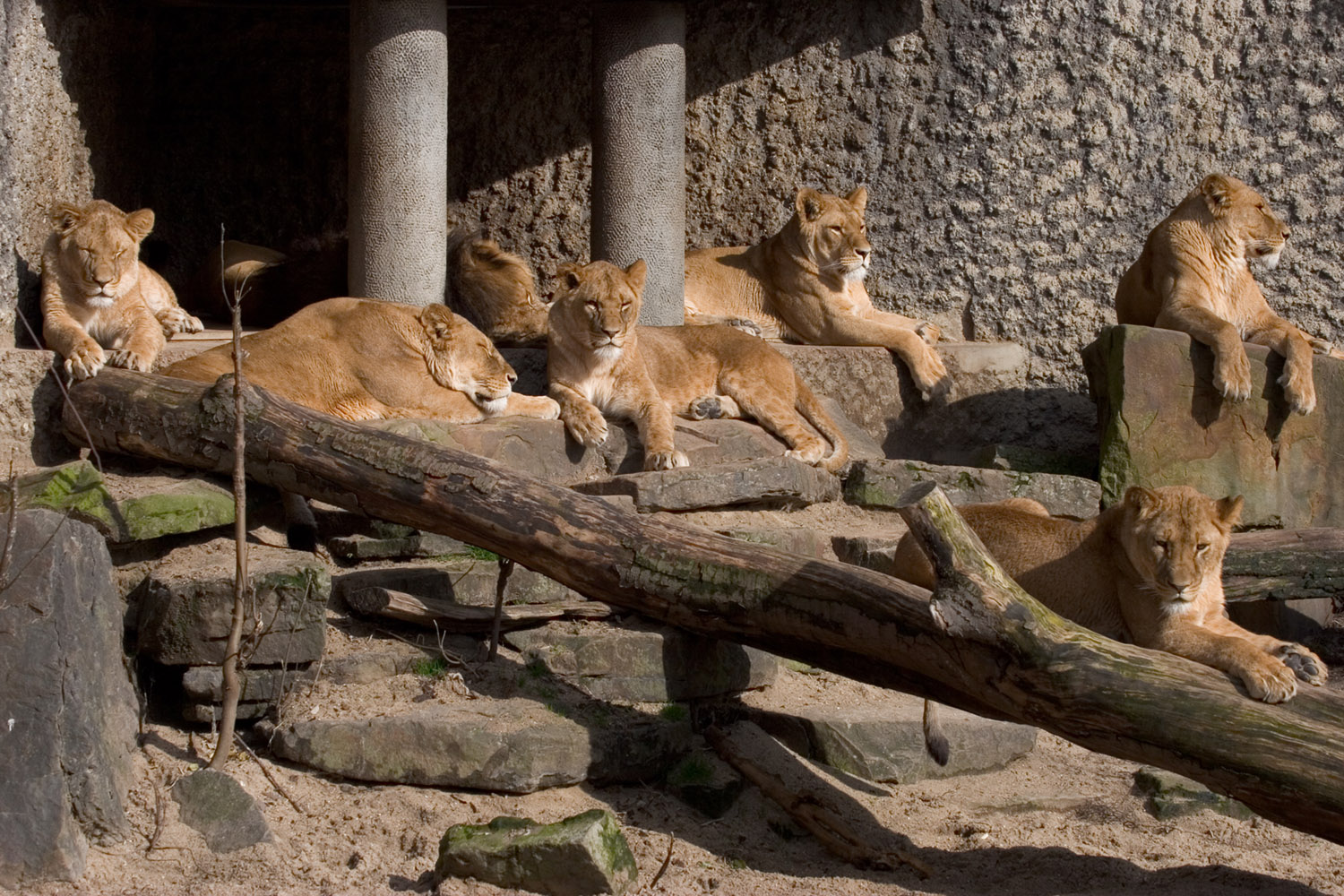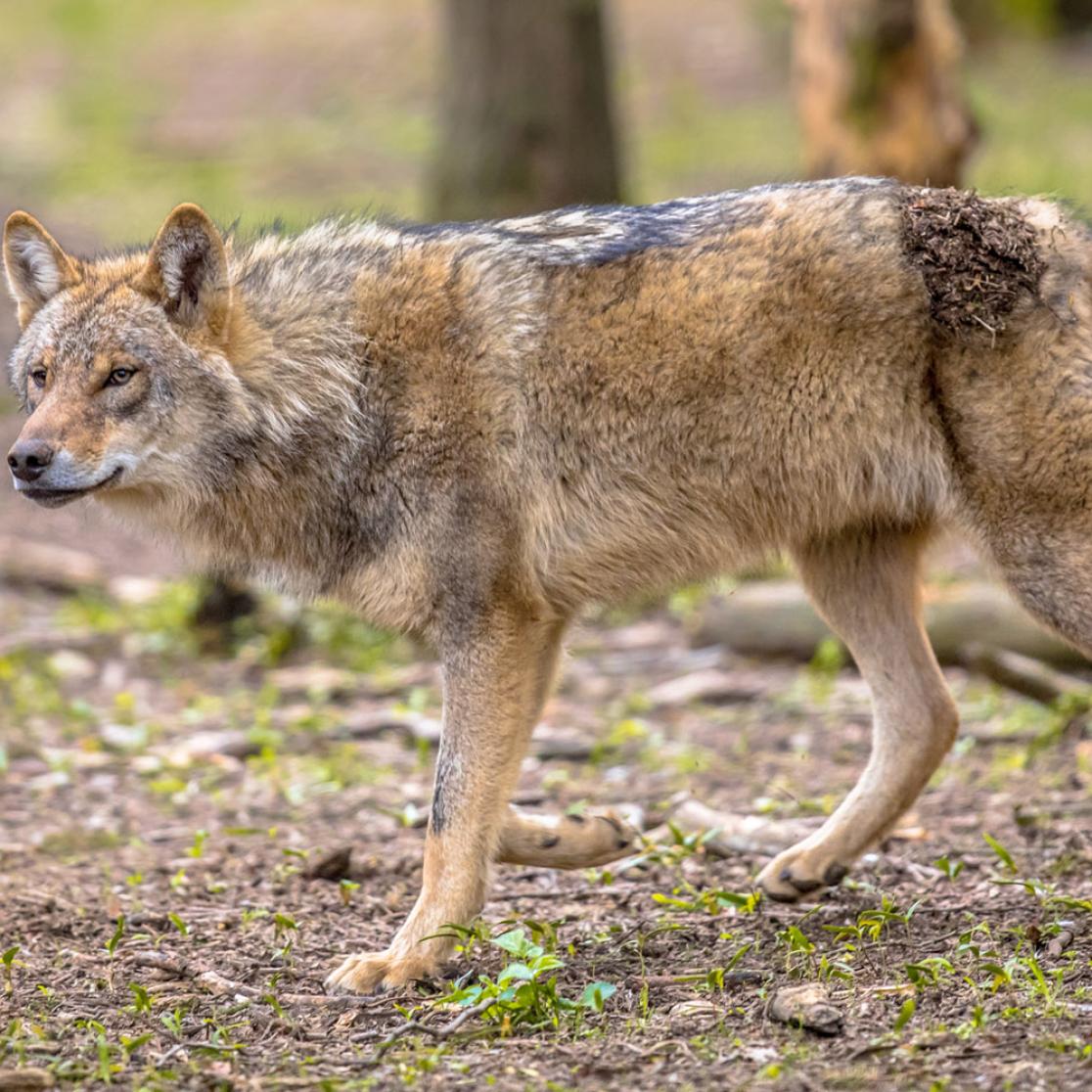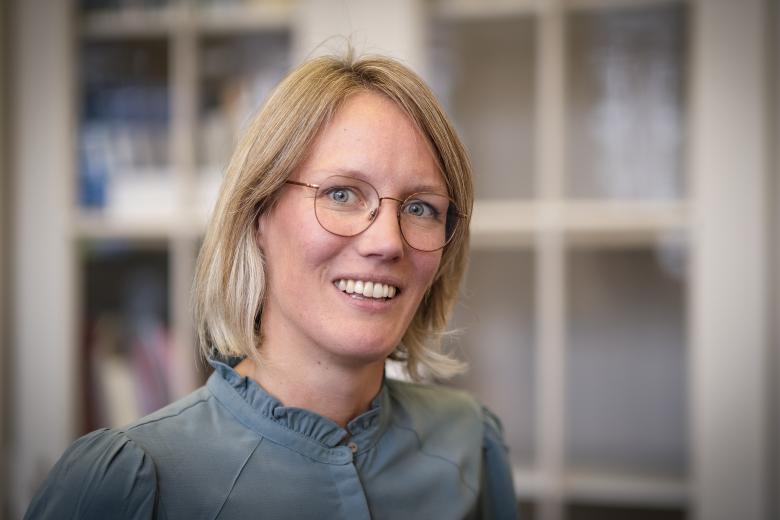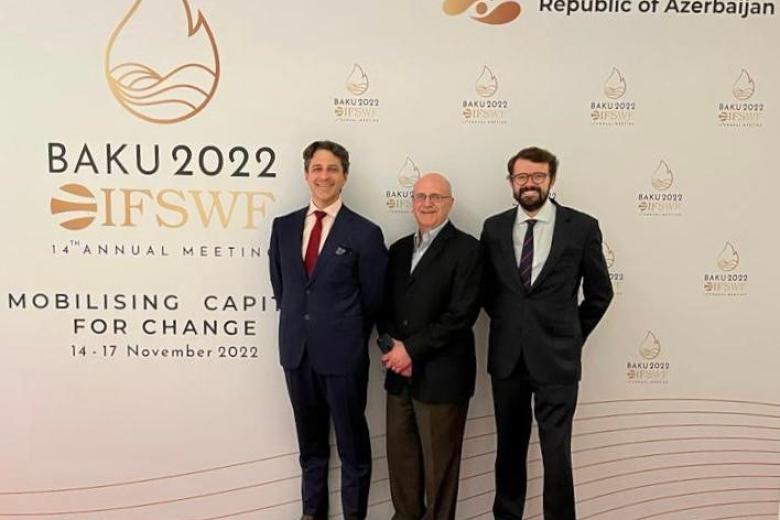How wild are “wild animals” still in the time of zoos, nature reserves and breeding programmes?
Is an elephant in Artis Zoo just as “wild” as an elephant on the African savannah? What place do animals have in a world that is increasingly shaped by humans? Why does the presence of a few wolves in the Netherlands trigger so many negative emotions, while Dutch people donate money en masse to protect tigers in India? It is questions like this that occupy Prof. Raf de Bont, chair of History of Science and the Environment. He investigates human-animal relationships and zoos from a historical perspective. Which developments has he identified?
History is also about animals
For a historian, De Bont has an unusual research focus. His research explores the relationship between humans and “wild” animals that are relocated or that relocate themselves. De Bont himself finds it very logical to look at human-animal relationships through a historical lens. He explains: “If we want to create a future in which humans and animals live together sustainably, we must also understand how we have come to find ourselves in the current situation.”
De Bont illustrates: “Globalisation is not only visible among human activity, for example, but also among animals. Take the rose-ringed parakeet, for instance. This bird is from India, but because of human involvement, you can also see them flying around Maastricht. Often, animals are left out of human history, as if they belong to an eternal nature that only changes gradually due to evolution. But the lives of animals are tightly bound to human history.”
Animals in a society controlled by humans
Some animals adjust to the developments caused by humans, emphasises De Bont. He gives an example: “Nowadays, we put metal spikes on window ledges to stop birds from building nests there. But magpies have since learned how to remove these spikes and use them for their own nests. This shows us that animals have learned how to survive in a world that is more determined by humans than it previously was.”
Do wild animals still exist?
The term “wild animals” is problematic, according to De Bont. “The distinction between ‘wild’ and ‘domesticated’ animals is not always easy to make. Human influence on animal development is substantial, even though we consider animals as ‘wild’. Przewalski’s horses of today, for instance, are the result of all sorts of decisions made by breeders. We placed these animals in all sorts of locations and bred them with an eye to specific characteristics. In doing so, we have influenced what sort of horses we have today. So, can they still be called wild?”
In relation to this, De Bont also studies the management systems that humans develop to protect, relocate or stave off certain species. De Bont: “More and more policy is being made to this end. I find it interesting that policymakers on the one side actively combat some species, while those on the other establish initiatives to actually protect species from extinction—such as the European hamster. The choices that they make in doing so are highly dependent on sensitivities within society.”
(Text continues below the image)
The distinction between ‘wild’ and ‘domesticated’ animals is not always easy to make. Human influence on animal development is substantial, even though we consider animals as ‘wild’.
Raf de Bont
Zoos: from spectacle to conservation
Zoos are a specific field of interest for De Bont. As part of the ‘Moving Animals’ project, he studied how scientific knowledge is used to organise and standardise the relocation of zoo animals worldwide. De Bont explains: “Until the 1970s, many zoo animals were captured in the wild and transported on a long journey from far-flung places. Since the ‘70s, stricter legislation has been drawn up. At the same time, criticism from animal rights activists has increased. Zoos now make more use of exchange and breeding programmes instead of capturing all of their animals from remote locations. Zoos have made a shift from putting on a spectacle to emphasising conservation.”
De Bont compares it to Noah’s Ark. “Zoos want to breed animals that are rare or even extinct in the wild. They offer a place for the last of rare species to survive. At least, that is what zoos wish to express more to the outside world.”
The history of reintroduction
Zoos therefore play a double role nowadays. De Bont: “Many zoos have a commercial goal, of course, and so they still need to put on a spectacle. At the same time, some zoos also partly dedicate themselves towards nature protection. For instance, by setting up reintroduction programmes. This means that the zoo breeds endangered species and then releases them after a while. In this way, they want to prevent animals from being lost in the wild.”
On one hand, this is a positive development, emphasises De Bont. “The European bison would not have existed for any longer without the reintroduction programmes. On the other hand, reintroduction raises questions and is not always successful. For example, after being released, the animals have to survive in the wild despite that being a new context for them. In addition, social dynamics are different and they often no longer know how to deal with their natural predators.”
Moreover, breeding programmes have not been established for all endangered species. De Bont explains: “Protection organisations tend to pay more attention to large, charismatic zoo animals and birds. It is easier to recruit funds for rhinos, for instance, than for endangered insects.”
Zoos used to put on a spectacle. Now, they present themselves more like Noah’s Ark. They aim to create a place for the last of rare species to survive.
Raf de BontThe future of zoos
De Bont sees an increase in the controversy surrounding zoos. “Zoos keep animals in different conditions than they would be in the wild, and this meets resistance from activists. Take elephants as an example. These animals display complex social behaviour and need a lot of space and to be in a big group to develop this behaviour. Not every zoo can provide this space.”
Will zoos even still exist in 100 years? Considering the pace of developments, De Bont predicts that we will still hold animals in captivity, but in a different way. “I think zoos will become more specialised. So, you won’t see lions and giraffes everywhere any more, but zoos will instead focus on a specific species.”
More surveillance in future
Anything else that De Bont predicts for the future of human-animal relationships? He always smiles when he’s asked such a question. “I am a historian; I find it difficult to predict the future.” What he expects in any case is that the human footprint will become even greater. “I imagine that animals that strongly adapt to the human environment, such as seagulls and rats, will be fine. For other animals, survival will become harder in a world strongly influenced by humans, including through climate change.”
In addition, De Bont expects the number of mechanisms used to monitor and control animals to increase. “In terms of both tracing animals that you do not want on your property, such as raccoons, as well as camera and satellite monitoring of rare species that you want to protect. We can already see such surveillance techniques, often developed by the military, being used more and more.”
I imagine that animals that strongly adapt to the human environment, such as seagulls and rats, will be fine. For other animals, survival will become harder in a world strongly influenced by humans, including through climate change.
Raf de BontGerman wolf vs Indian tiger
De Bont still has a philosophical-ethical question when it comes to human-animal relationships. “Many activities are set up to protect animals in far-off lands, such as tigers. But for people who actually live in countries like India, it is not self-evident to live together with tigers. In Europe, the wolf who killed Ursula von der Leyen’s pony was quickly considered a ‘problem’ that had to be wiped out. It is therefore also easier to call for absolute protection of certain species that live far away. I find that an interesting issue. What does it mean to live together with animals? When do you choose to protect an animal? When can you make an exception?”
Watch this video to find out more about the research of Raf de Bont.

Text: Romy Veul
Also read
-
“Politicians are making fewer false promises, but it is still politics after all”
A stop to migration? Setting aside the nitrogen regulations? Radically countering internationalisation in higher education? Politicians regularly make great pronouncements. To what extent are these promises realistic? Dr Karin van Leeuwen, lecturer of European Political History at the Faculty of...

-
Who’s afraid of foreign funds?
State-owned sovereign wealth funds (SWFs), like that of FIFA World Cup host nation Qatar, are major shareholders in Western industrial and cultural assets. Is that a cause for concern? FASoS’ Adam Dixon has some answers.

-
A transnational eye-opener on Hungary
A Global History of Hungary, 1869-2022 is a comprehensive book that presents the country as an open society interacting with other nations, mainly within Europe.
